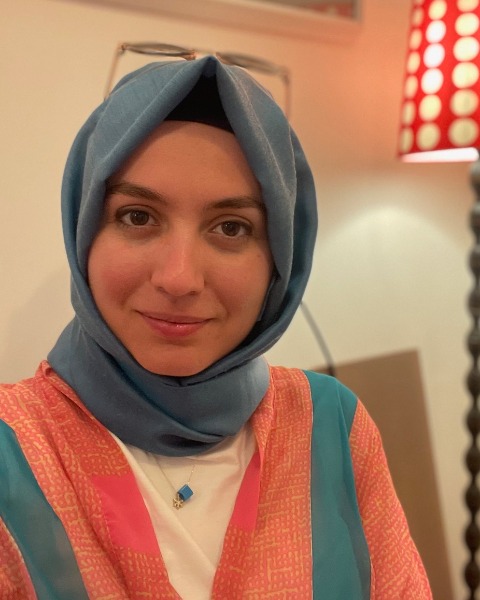Back
Autoimmune Diseases
Session: Immunogenetics
Role of fam83h in Immune System Homeostasis
Thursday, June 22, 2023
4:45 PM – 5:00 PM
Location: Salon H-K

Betul Melike Ogan, MSc
PhD student
Institute of Molecular Genetics of the Czech Academy of Sciences
Prague , Hlavni mesto Praha, Czech Republic
Presenting Author(s)
Disclosure(s):
Betul Melike Ogan, MSc: No financial relationships to disclose
Abstract Text: FAM83H is expressed mainly in epithelial cells and has been suggested to be responsible for intracellular transport, regulation of cytoskeletal networks, and enamel formation. Deficiency of FAM83H was reported to be the cause of amelogenesis imperfecta (AI), a soft enamel disease. Interestingly, two AI patients from one family in Czechia with confirmed FAM83H mutation developed a juvenile rheumatoid arthritis. To understand the function of FAM83H in immune system homeostasis, we generated Fam83h knock-out (KO) and mutant mouse (Fam83htg/tg). Both mutant and KO animals exhibit decreased body size, sparse and scruffy coat, scaly skin, weakness and hypoactivity. While we have not observed dentin-related phenotype, mutant and KO pups show severe swelling of their forepaws accompanied by bone deformation at as early as 3 weeks. However the soft tissue lesions are being resolved and peripheral blood leukocytes return back to normal levels at 7 weeks of age. Moreover, mutant juvenile animals have increased neutrophils as well as G-CSF and inflammatory cytokine levels in their peripheral blood. Additionally, the development of leukocytes including T, B and NK cells is severely impaired in Fam83h mutants. Specifically, T cell development is arrested at the double-negative stage, B cells at the pro- and pre-B cell stages, and NK cells at the immature NK cell stage. Altogether, our findings advocating for the importance of FAM83H role in the hematopoietic niches and leukocyte development will contribute to the unraveling of the role of Fam83h in the onset of arthritic lesions and, in general regulation of the immune system.
Learning Objectives:
- Upon completion, participants will be able to assess inflammation in bones related to the Fam83h KO model at the juvenile stage.
- Upon completion, participants will be able to interpret immune cell differentiation in the absence of Fam83h.
- Upon completion, participants will be able to extrapolate on the changes of cytokines produced by Fam83h KO mice. .

